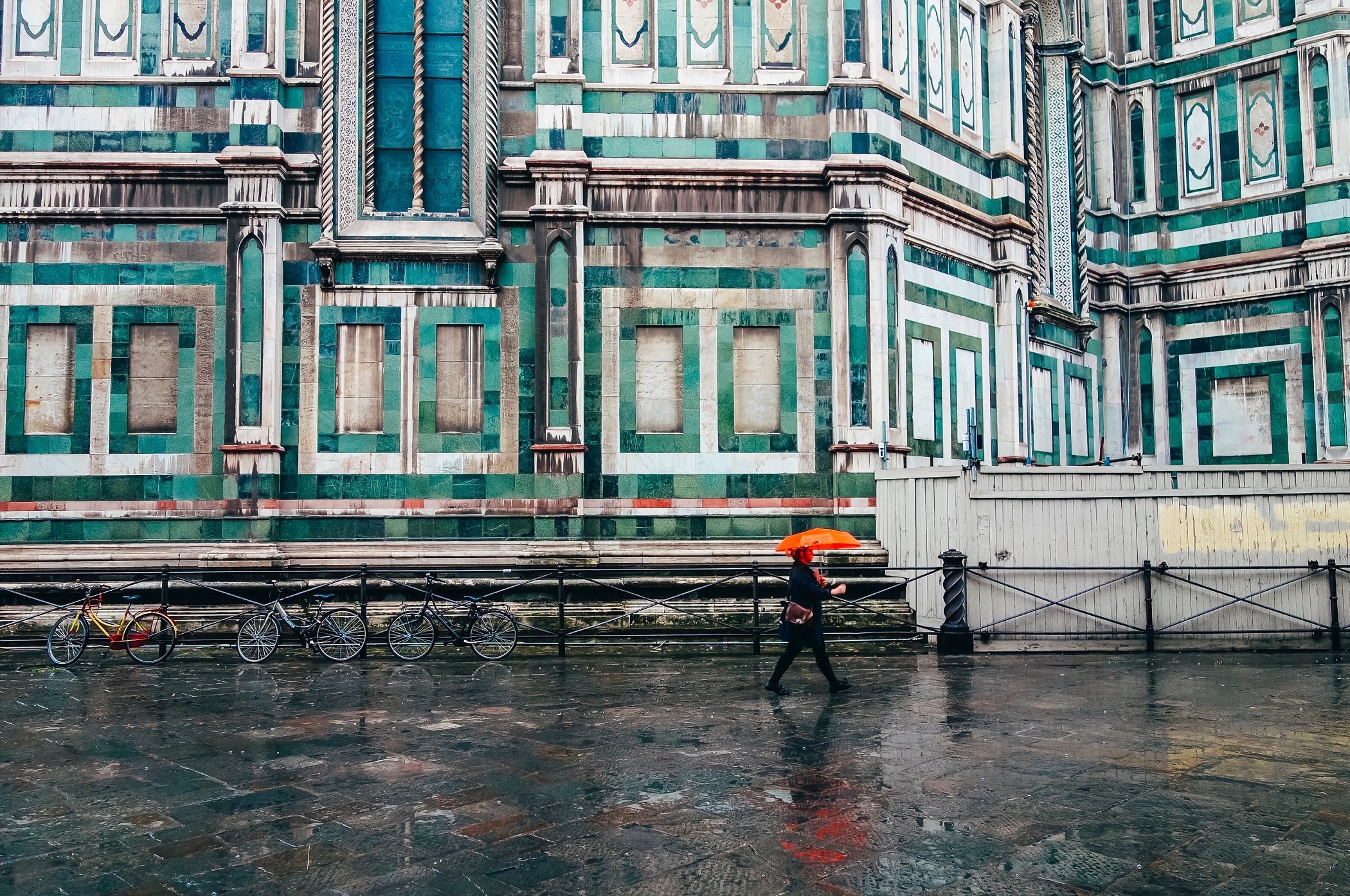

Hi, my name is Sam Joseph. I’m a sophomore at Washington & Lee University, working on the “Florence As It Was” Digital Humanities project. Last week, I designed the project logo. This week, Professor George Bent put me in charge of 3D modeling our first building project, the Bigallo. To start, I looked into Ed Triplett’s work for Duke University (http://www.dukewired.org/subresearch/modeling-medieval-european-castles/) and clicked through the Wired! Lab tutorials on 3D modeling ( http://www.dukewired.org/workshops/tutorials/#tab-id-2). Today, I met with the heads of our University’s IQ lab, Professors Paul Low and Dave Pfaff, to discuss exactly how they thought I should turn the floorplans and elevations of the Bigallo into a coherent 3D model for rendering in VR. As opposed to immediately jumping into 3D modeling the Bigallo, Paul Low and Dave Pfaff proposed an intermediary project through which I learn the basics of Adobe Illustrator and Cinema 4D. Paul Low taught me some of the processes of dissecting George Bent’s PDF map of Early Republican Florence for export into a 3D template. With these 2D lines in a 3D space, I am able to extrude the Illustrator files, now splines, into polygons. This process of 3D modeling the map of Early Republican Florence provides a standard scale by which I am later able to modularly insert high resolution models of buildings. Think of the VR project as stemming from a top down construction of the city of Florence. As opposed to starting with individually and separately 3D modeled buildings, I am modeling vast sections of the city, however simple, that will work in VR. Later, once I have finished the overall cityscape, I will be able to insert a completed and fully articulated model of the Bigallo. So we start off with a simple working standard and add in complexity as we go.